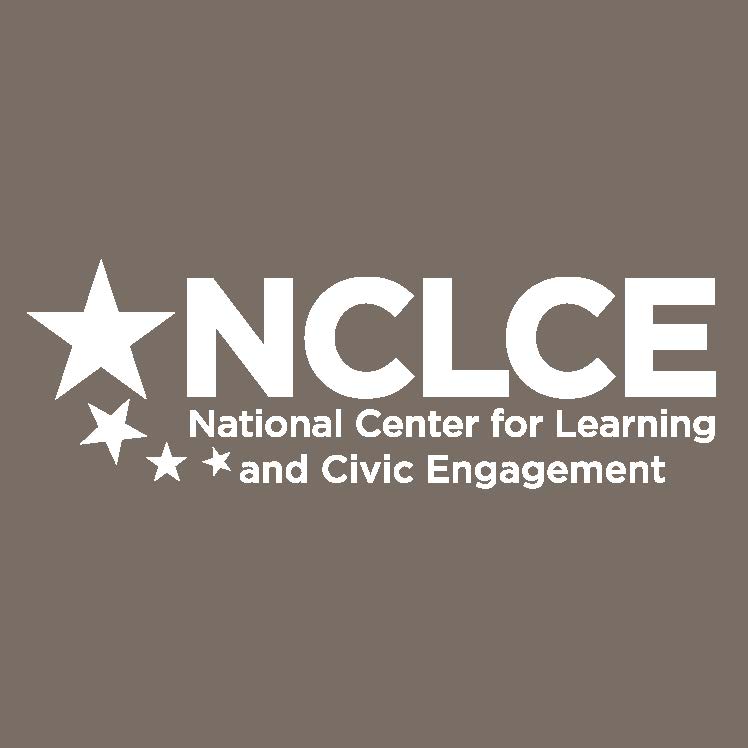I was fortunate enough to spend the day last Friday at the Ford Foundation as a participant in a daylong symposium on civic education and engagement. The meeting, “Educating for Democracy,” was put together by Ford and several leading civic education organizations, including Generation Citizen, the Campaign for the Civic Mission of Schools, the Center for Information and Research on Civic Learning and Engagement (CIRCLE), the Spencer Foundation and the UCLA Institute for Democracy, Education and Access (IDEA).
The meeting focused on asking participants to consider three overarching concerns, which, if addressed by the civic education field could do much to advance civic learning and engagement in this country. These concerns of inequality, polarization and scale were introduced by Peter Levine of CIRCLE, who subsequently posted his thoughts on this issue on his own blog.
I’d like to dive a little deeper into the issue of inequality and base my comments here off those presented by Constance Flanagan, professor in the Department of Civil Society and Community Studies at the University of Wisconsin.
In her comments on inequality, Dr. Flanagan asked meeting attendees to consider the relationship between education and democracy in three ways:
- Education for Democracy.
- Education is Democracy.
- Education as Democracy.
A change in the short word in the middle has profound impact on the nature of the relationship:
- Education for Democracy: Education is a great social equalizer that allows those who are at a disadvantage to develop the knowledge, skills and dispositions needed to be full, participating and contributing members of our democratic society.
- Education is Democracy: Education is a core component of any democracy; the latter cannot exist without the former.
- Education as Democracy: The school not only teaches students about democracy, but operates as a democratic community that provides students with genuine voice in the direction of their own education and the opportunity to practice democracy.
Thus, the link here between education and democracy is multidimensional.
Just as important, I think, is that when we consider inequality and civic education, we must recognize that the impact of this inequality is also multidimensional.
When we consider the “civic opportunity gap” that has been well-documented by many in our field, we must acknowledge that:
- Students who have fewer high-quality opportunities for civic learning are less likely to reap the rewards of an “education for democracy” and be able to successfully rise above other disadvantages they may face.
- Students who have fewer high-quality opportunities for civic learning are less likely to recognize the value of our democratic society because this society is not democratic for them.
- Students who have fewer high-quality opportunities for civic learning are less likely to be equipped to understand that they are important actors in our democratic society.
The impacts of inequality in civic education, when recognized in their full complexity, further highlight why the existence of the civic opportunity gap constitutes a crisis and why we, as educators, must take bold steps to address this crisis.
Paul Baumann is director of the National Center for Learning and Civic Engagement. Contact him at pbaumann@ecs.org or (303) 299.3608.




